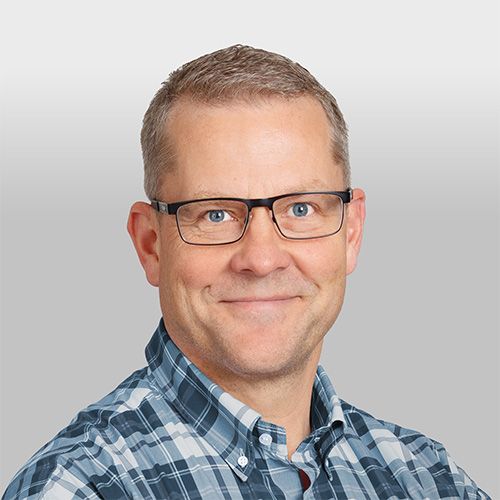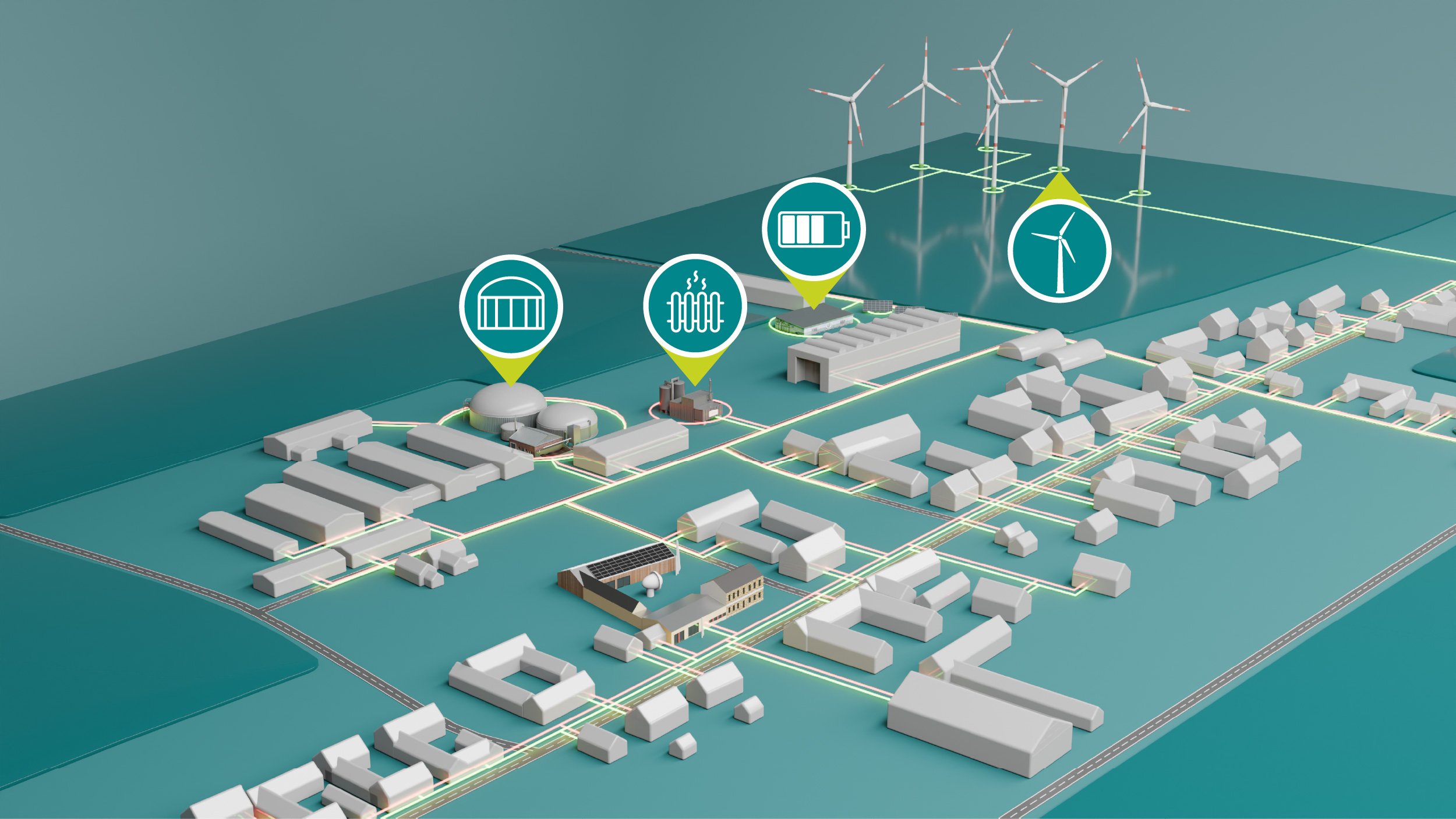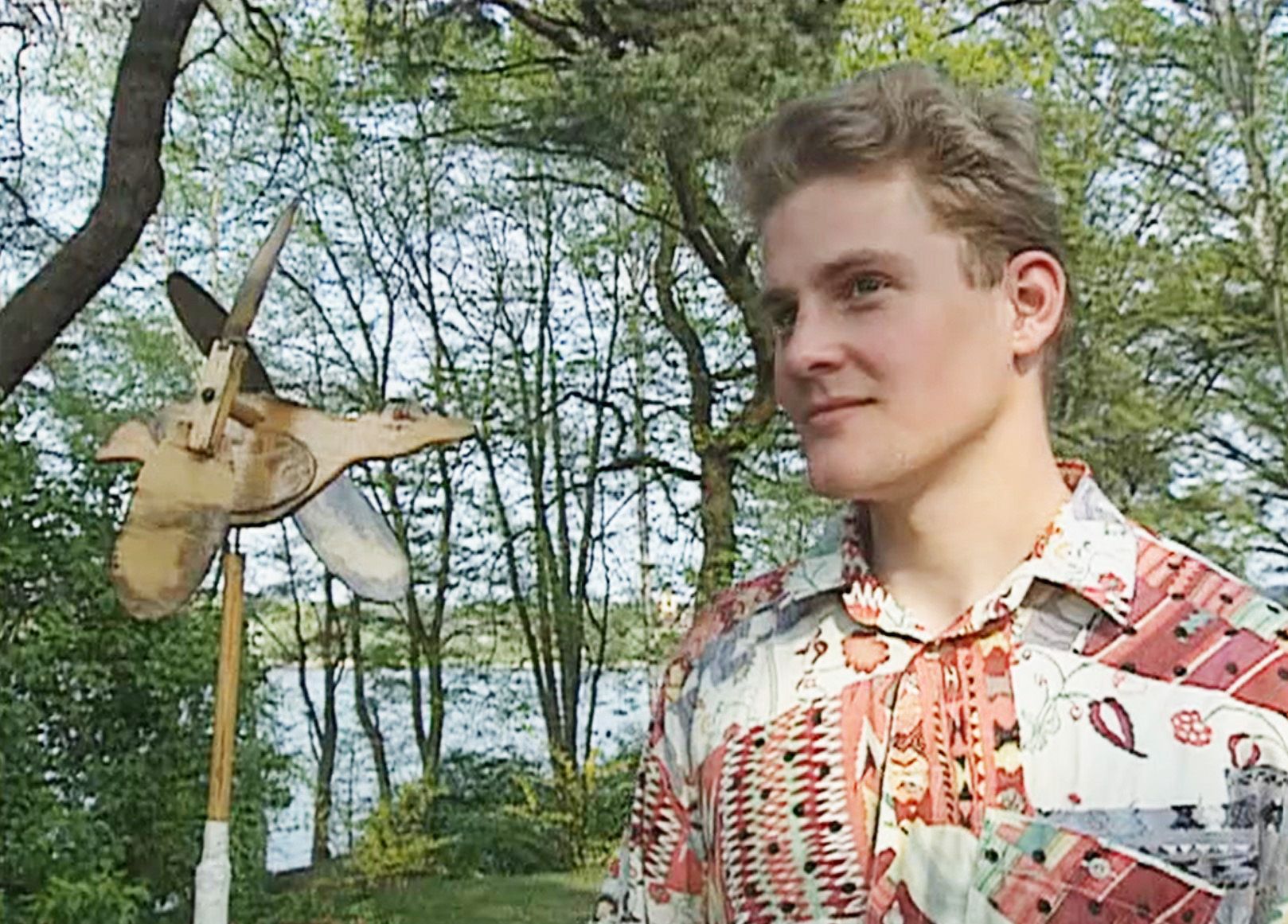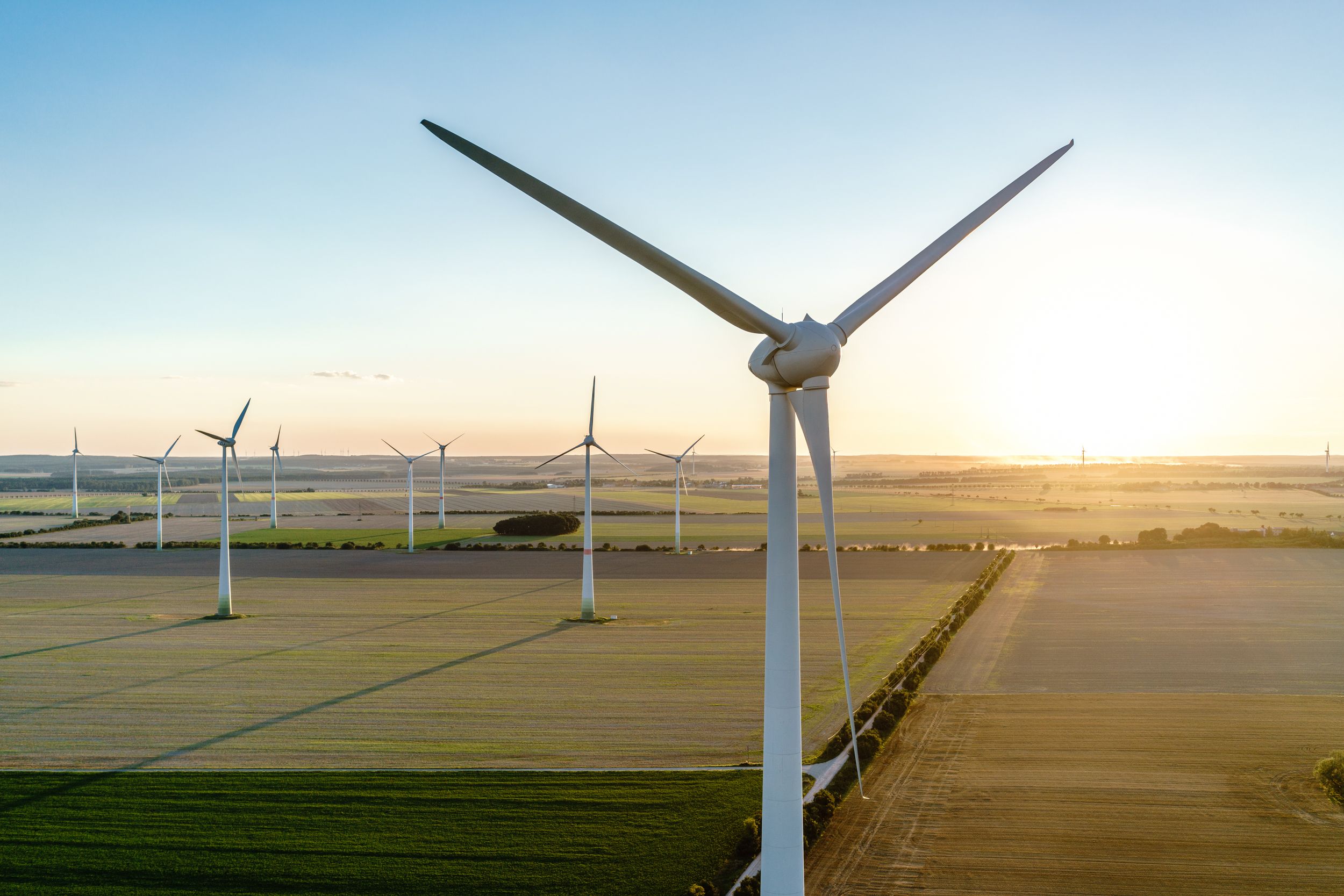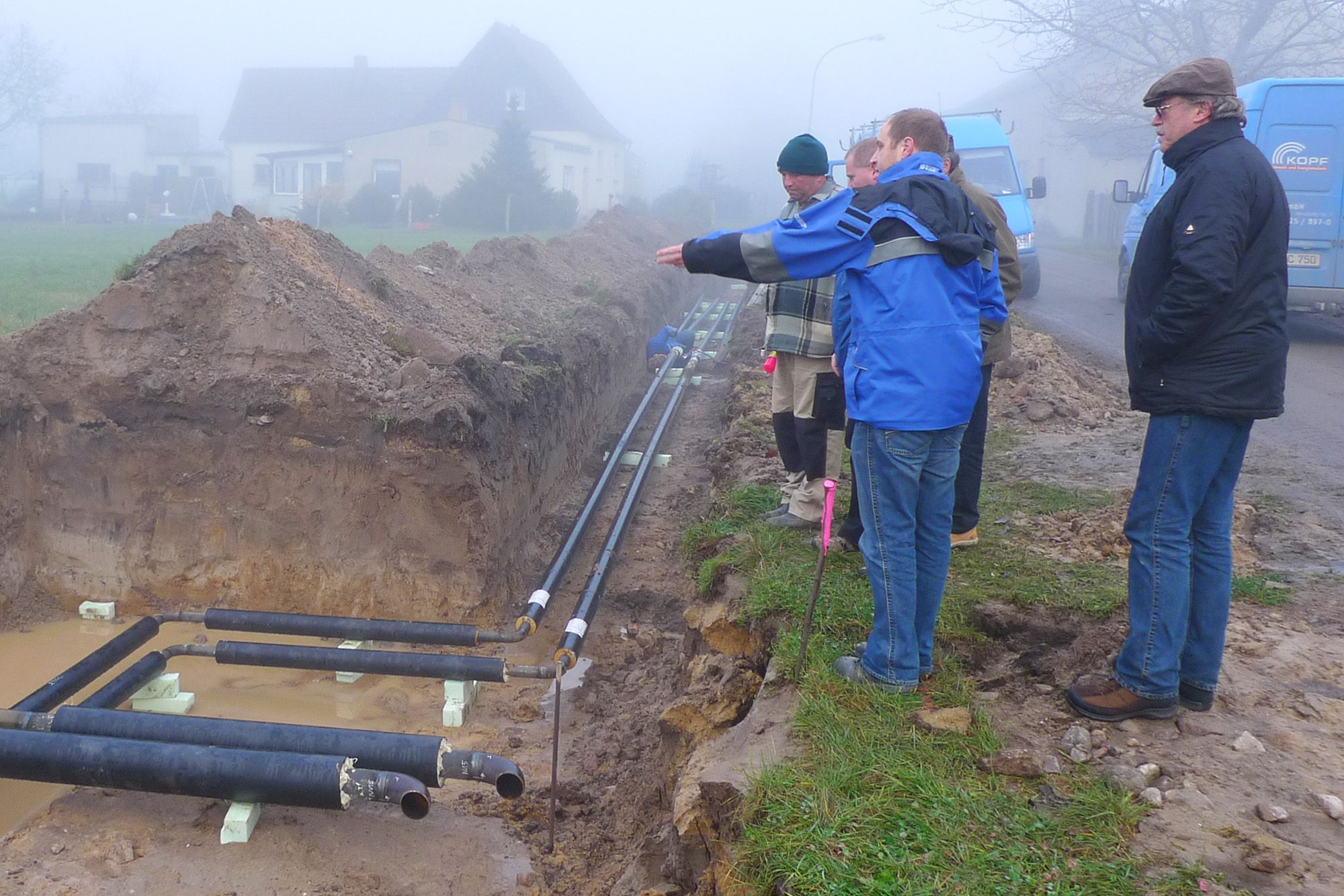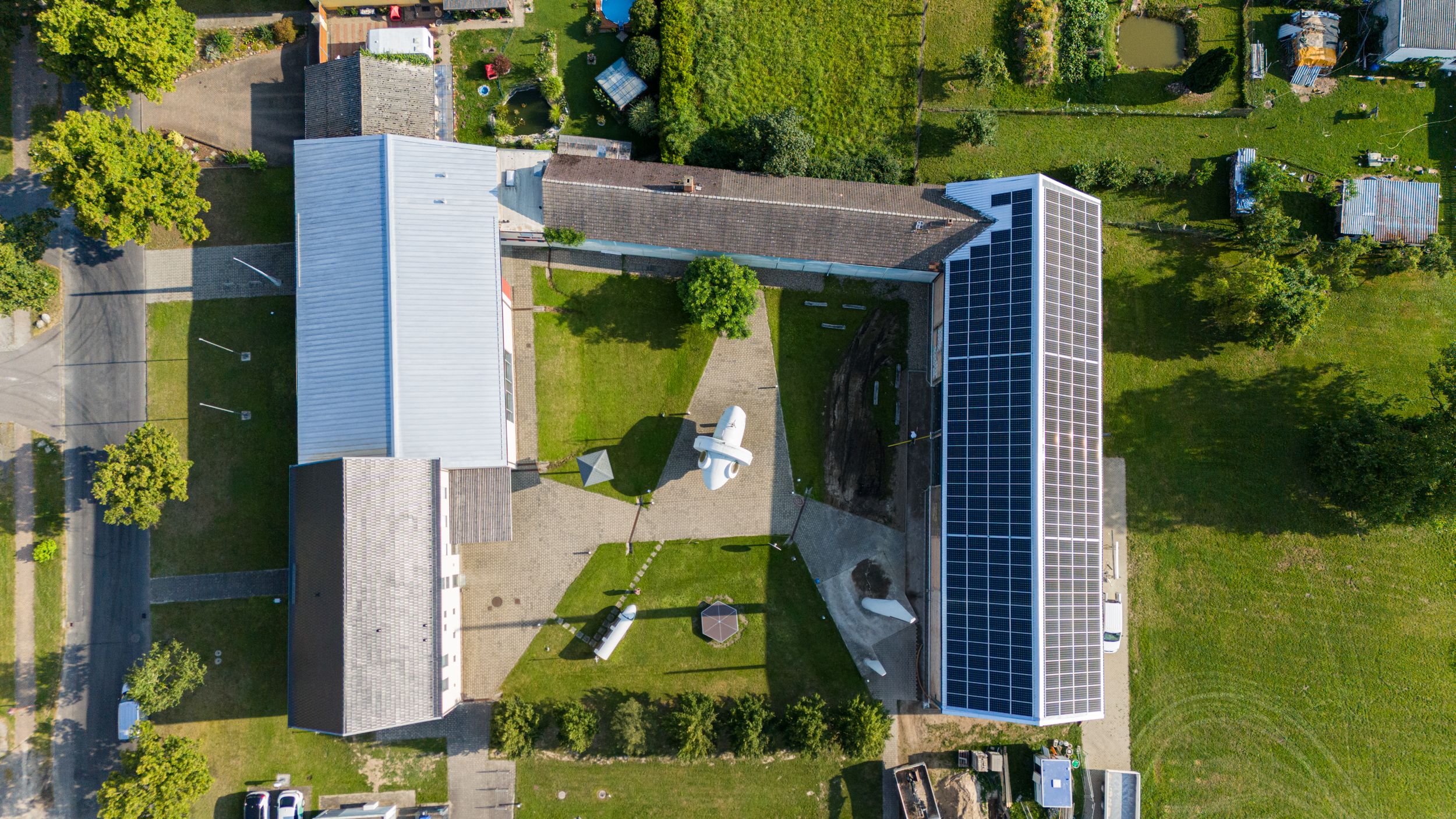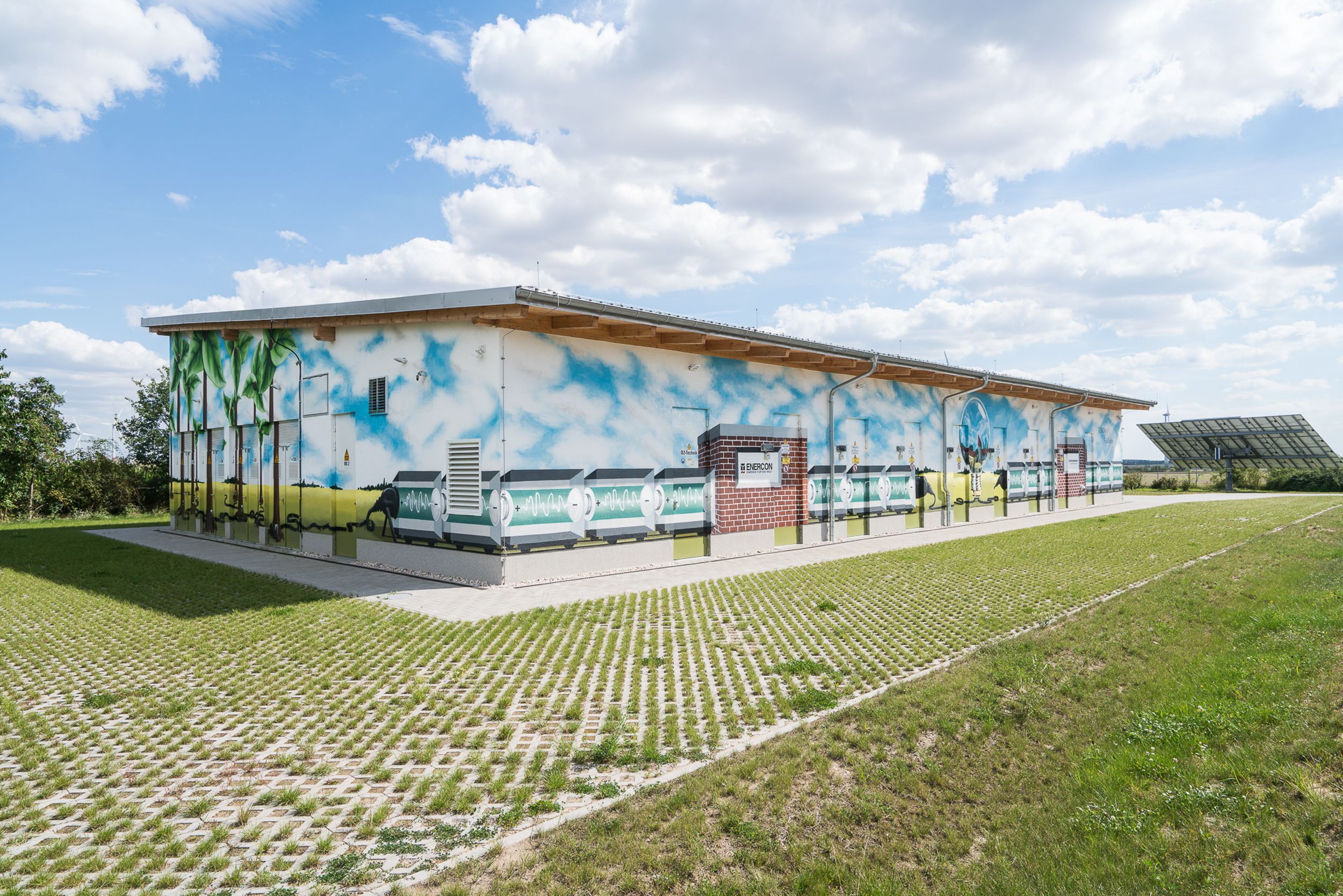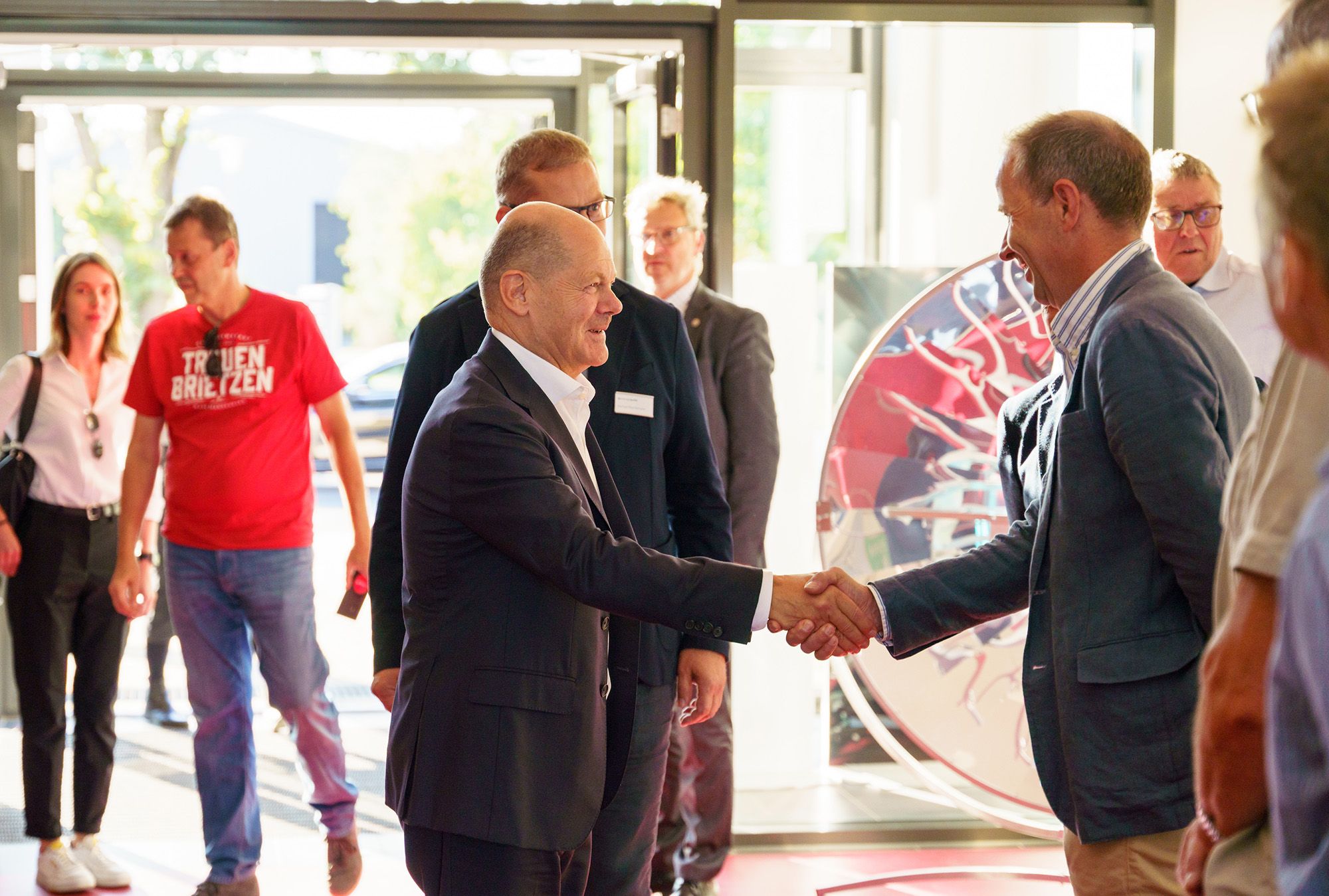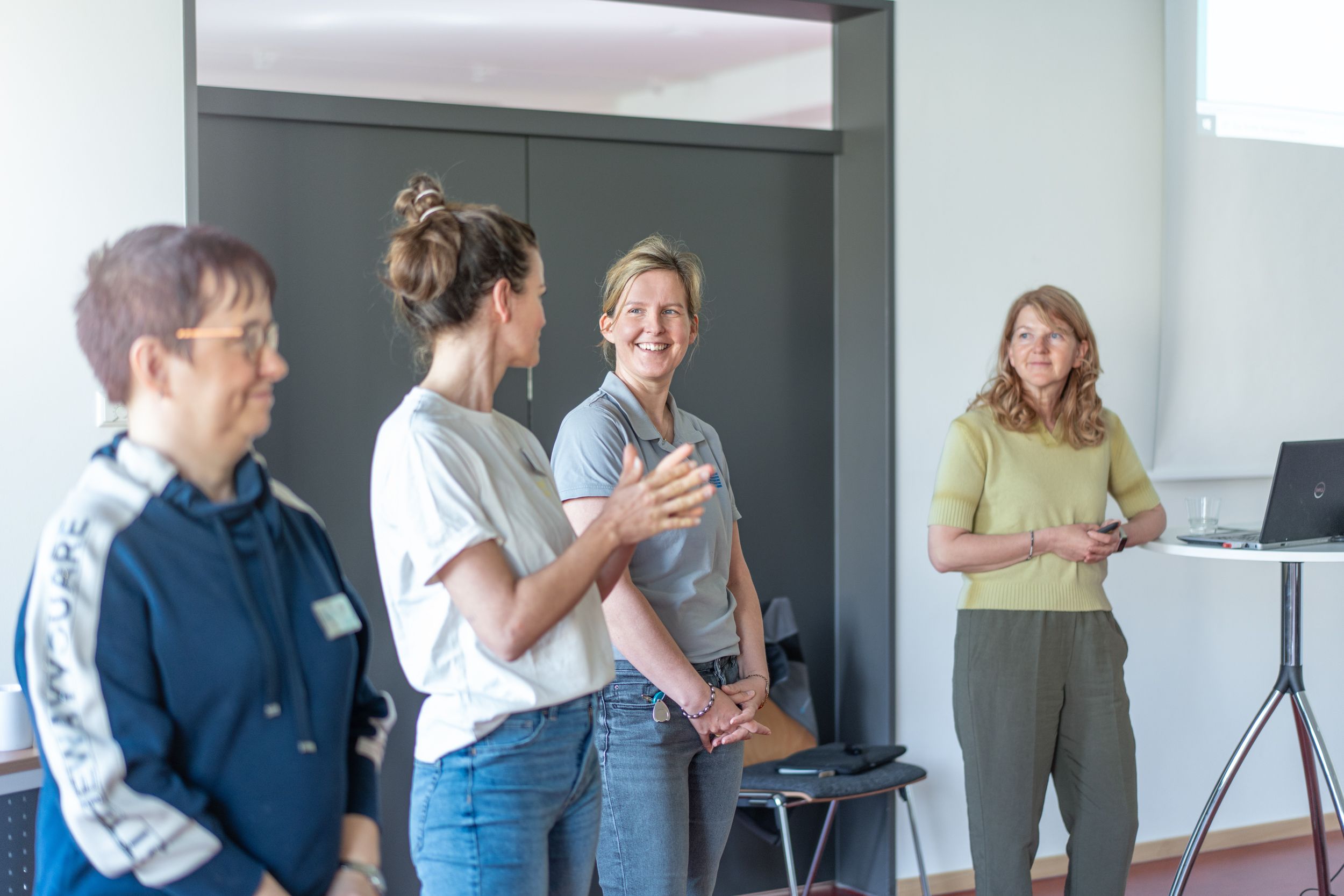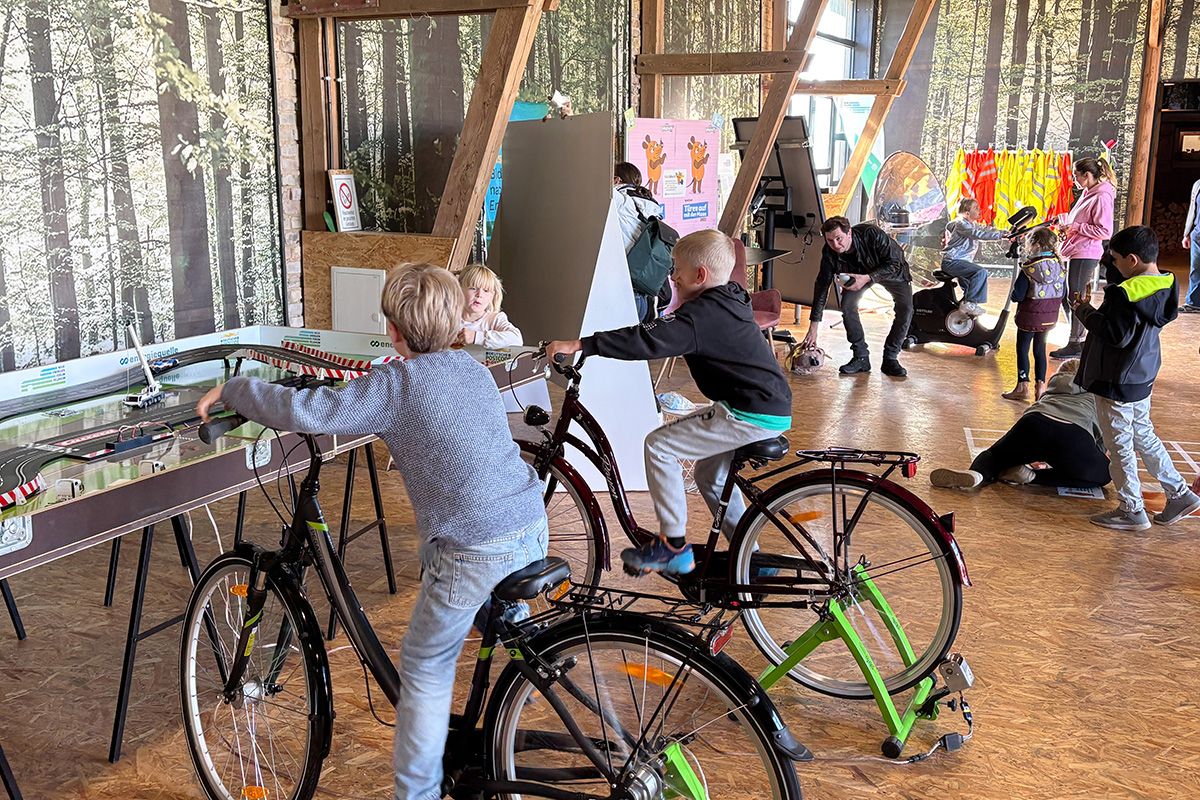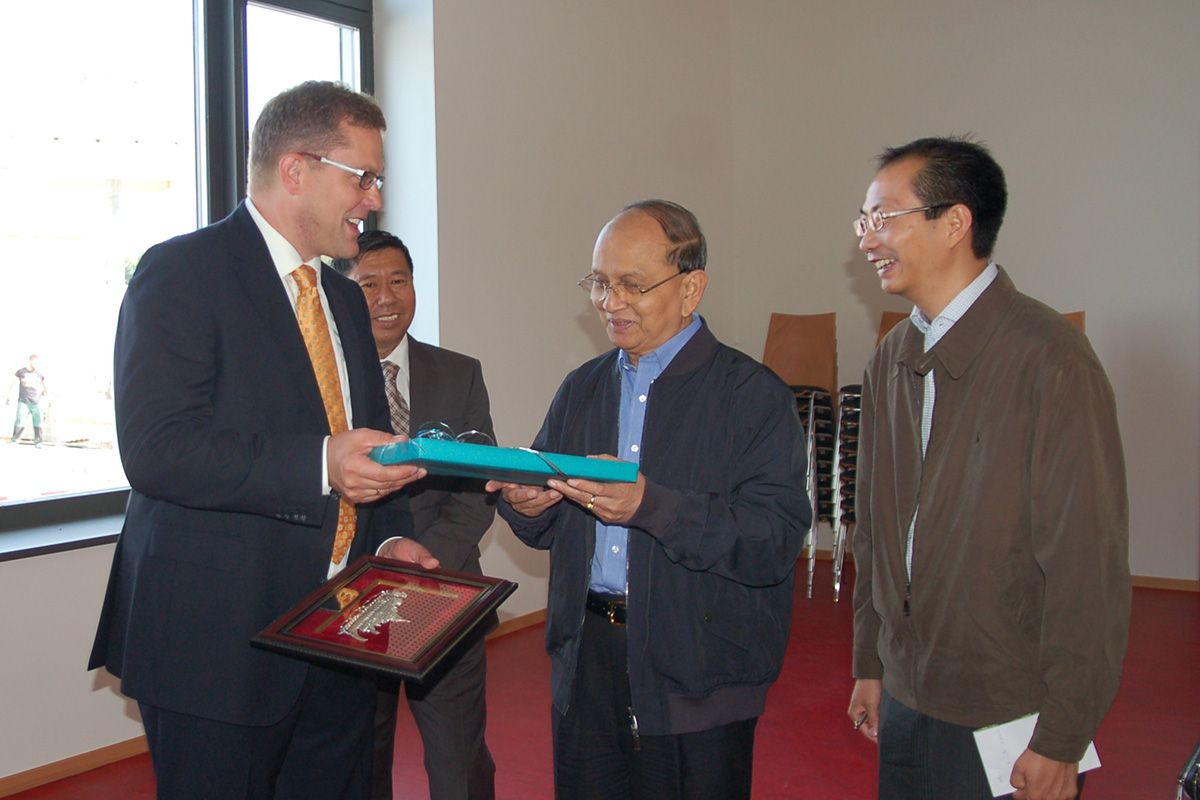In the autumn of 1993, Michael Raschemann – now Managing Director of Energiequelle and then still a student – planned to install wind turbines in Feldheim. The mayor and the board of the agricultural cooperative supported the idea and passed the final decision to the municipal council. There, too, the proposal was met with broad approval from the start, and two years later, the first four turbines were built and put into operation.
Another milestone followed: The agricultural cooperative in Feldheim and Energiequelle planned to build a biogas plant to use the waste heat to heat the pigsties. The rest of Feldheim’s residents saw the opportunity and joined a newly built local heating network – significantly reducing their heating costs. Additionally, the people of Feldheim decided, in just three town meetings, to build their own power grid to directly use electricity from the wind farm and biogas plant. To do this, they founded an energy supply company: Feldheim Energie GmbH & Co. KG, which was joined by the city of Treuenbrietzen, local businesses, and Energiequelle.
By autumn 2010, the time had come: all lines and cables had been laid. At the same time, new lines for drinking water and high-speed internet were installed. Feldheim now had its own independent electricity and heating supply – and was energy self-sufficient.
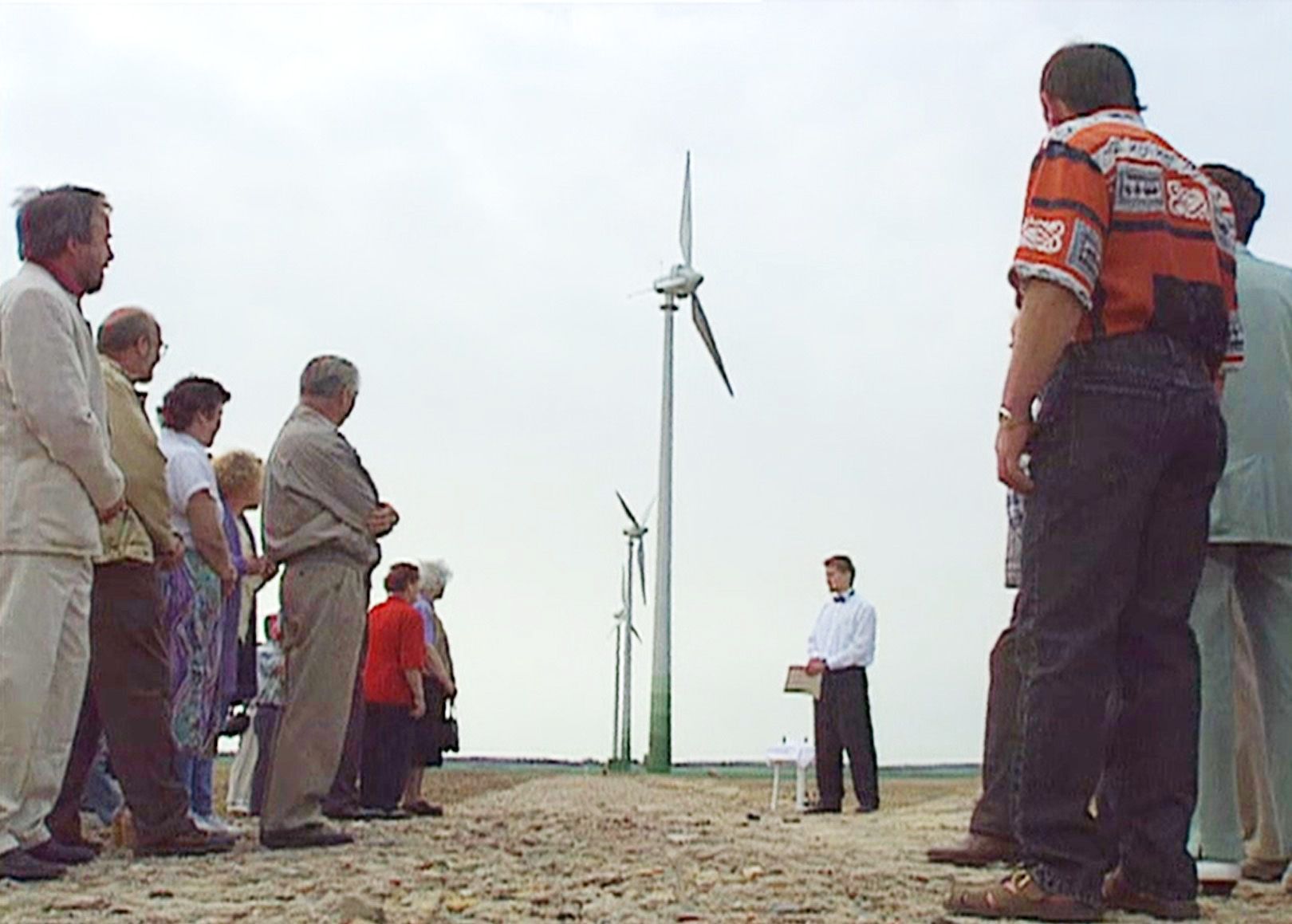
The Feldheim wind farm consists of an impressive 52 turbines of various types. Of the 200 million kWh generated annually, only 0.5% is used in Feldheim itself. The rest flows into the public power grid, supplying approximately 40,000 households with sustainable energy.
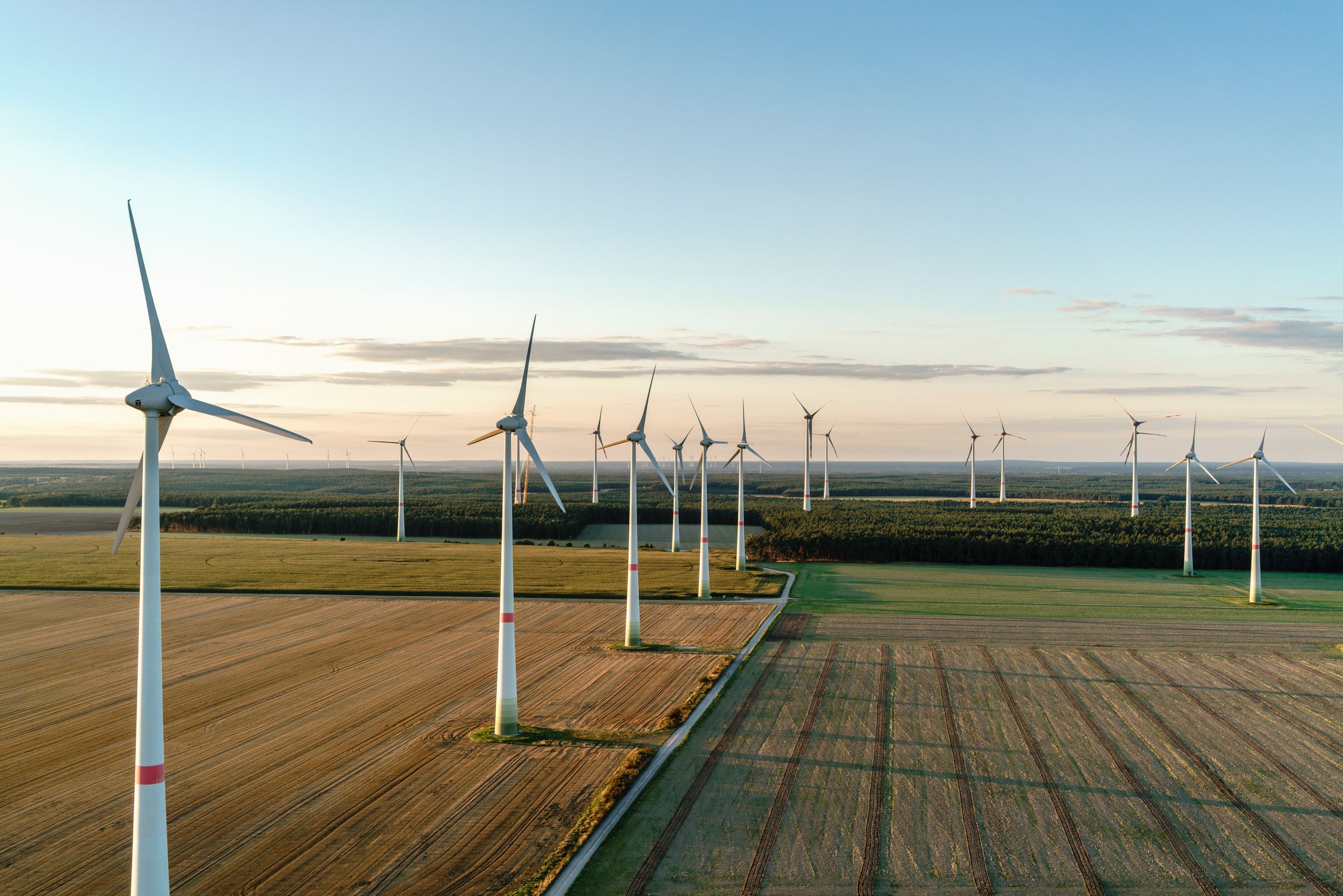
Each year, the biogas plant – equipped with a combined heat and power unit – generates 4 million kWh of electricity, most of which is fed into the public grid. The waste heat from electricity production is used in Feldheim’s local heating network – saving the climate and residents from buying 180,000 liters of heating oil annually! The input materials include 4,900 m³ of slurry, 7,900 tons of maize, and 620 tons of grain meal, all supplied by the local agricultural cooperative.

In 2015, Feldheim installed the Regional Control Power Plant (RRKW), which at the time was Europe’s largest battery storage system with a capacity of 10 MW. The storage medium consists of lithium-ion batteries. Its primary function is to keep the grid frequency stable at 50 Hz.
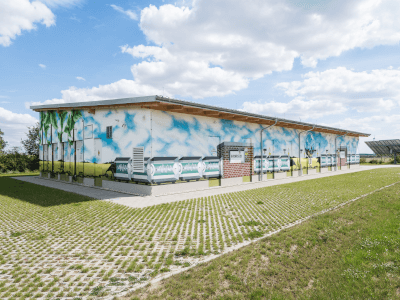
Small and inconspicuous on the outskirts of Feldheim, the WVZ houses several components. When the local heating network is not supplied by the biogas plant, alternative sources step in: A power-to-heat system efficiently converts regional wind power into heat. A woodchip heating system uses waste from processing timber from surrounding forests. During operation, it emits no more CO₂ than the trees absorbed during their growth phase.
The WVZ heats water to 90°C in a closed system, which is then distributed via insulated pipes to households and businesses. There, the energy is transferred to tap water and heating systems through heat exchangers.

12 cents per kilowatt hour
The citizens of Feldheim joined forces to form their own limited partnership – Feldheim GmbH & Co. KG. This made it possible to finance the expansion of the new infrastructure. Thanks to their initial investments, Feldheim residents now enjoy extremely low energy prices – currently paying just 12 cents per kilowatt hour of electricity! In comparison, the average price across Germany is around 35 cents.
Good for the Community
Thanks to the nearby wind farm, many infrastructure projects have been realized in Feldheim that would have been impossible for the municipality to implement on its own. These include a new bell and ringing system for the church, the renovation of the bypass road, new street lighting, new sidewalks, a floodlight system for the football field, and new windows for the village community center. All of this has significantly improved the quality of life in the area.
Independent and Sustainable
The availability and pricing of imported energy sources such as oil and gas are subject to strong and unpredictable fluctuations. Not so in Feldheim: With the expansion of renewable energy, the risks of future price increases were eliminated. Electricity prices not only remained consistently low – they could even be contractually fixed for ten years.
And beyond supply security, the residents of Feldheim enjoy the reassuring feeling of actively contributing to climate protection through their energy consumption.
Everyone Pulls Together
Feldheim’s energy supply has been a community project from the very beginning – supported by its citizens, local businesses, the municipality, and Energiequelle. Major decisions were always made with a shared vision: a sustainable, affordable, and independent energy future that benefits everyone.
Our Feldheim Video
load video


